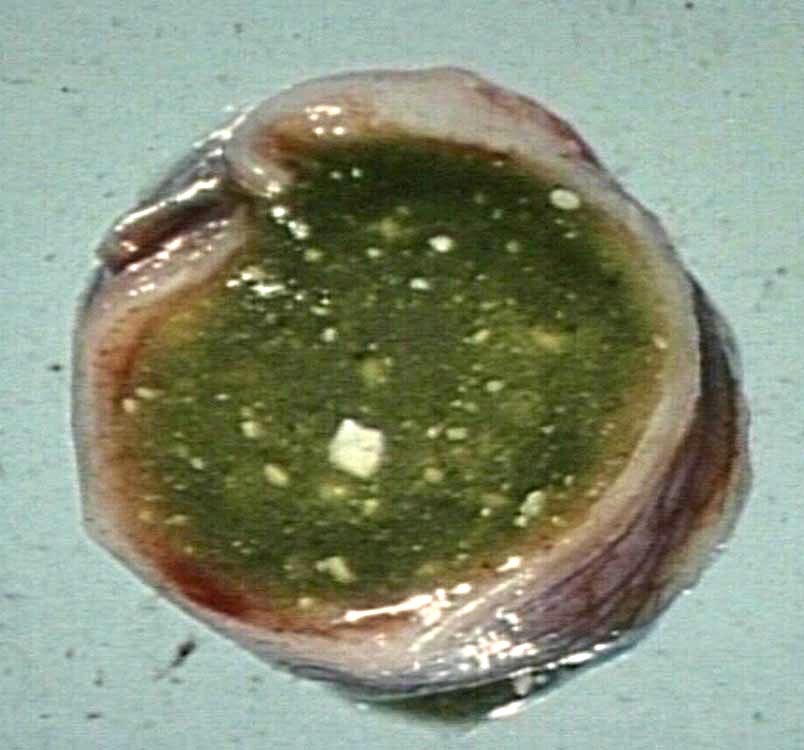
My comments are:ġ) We don't know for sure that better obstetrical practices are responsible for the decline in MAS there are many other factors, like pediatric care.Ģ) There is insufficient data to discontinue tracheal suction in the depressed infant or to continue them. I have worked on MAS for over 40 years, and like professor Geoffrey Dawes, I think it is an intrauterine event. My work in 19 on meconium aspiration syndrome (MAS), which is referenced (14,15) in this article, certainly demonstrated the futility of meconium suctioning. Endotracheal suction in term non vigorous meconium stained neonates-A pilot study. Endotracheal Suction for Nonvigorous Neonates Born through Meconium Stained Amniotic Fluid: A Randomized Controlled Trial. The epidemiology of meconium aspiration syndrome: incidence, risk factors, therapies, and outcome. Dargaville PA, Copnell B, Australian, New Zealand Neonatal N. Changing obstetric practices associated with decreasing incidence of meconium aspiration syndrome. Yoder BA, Kirsch EA, Barth WH, Gordon MC. BJOG: an international journal of obstetrics and gynaecology. Trends in obstetric practices and meconium aspiration syndrome: a population-based study. Vivian-Taylor J, Sheng J, Hadfield RM, Morris JM, Bowen JR, Roberts CL. Mott Children’s Hospital, University of Michigan, Ann Arbor, MI.ġ. Whichever approach is adopted, we agree that additional rigorous studies and vigilant attention to outcomes are indicated.ĭivision of Neonatal-Perinatal Medicine, C.S. Clinicians who value avoiding an invasive procedure that may delay resuscitation without high-quality evidence for benefit may choose to stop routine tracheal suction. However, given the history of other interventions for MSAF, it seems appropriate to ask if this invasive intervention would be recommended if it were first proposed today.Īs new guidelines are developed, clinicians will need to evaluate the weight of evidence within the context of their own values. (4,5) These trials do not exclude the possibility that tracheal suction may be beneficial for a subset of newborns.


One objective of our review was to highlight the evolution of practice recommendations for the management of MSAF as the level of evidence progressed from observational studies to randomized controlled trials.Īlthough the definitive answer is still unknown, the benefits of routine tracheal suction that were suggested in observational studies have not been replicated in either of the randomized controlled trials enrolling non-vigorous newborns. Falciglia’s concern about the possible risks of initiating ventilation without routine tracheal suction among non-vigorous newborns with meconium stained fluid (MSAF).


It appears unlikely that neonatal interventions in the delivery room, such as oropharyngeal and tracheal suction, were responsible because these interventions were being abandoned as the incidence was declining.Ĭertainly, pediatric practices in the hours after birth and changing case definitions of MAS may have contributed however, data from single-center and population based studies suggest that the declining incidence of MAS may largely be attributed to contemporary obstetric practices that avoid post-maturity and prolonged fetal distress. We agree that observational studies cannot definitely identify why the incidence of meconium aspiration syndrome (MAS) has decreased. Falciglia for his insightful comments about our review article.


 0 kommentar(er)
0 kommentar(er)
